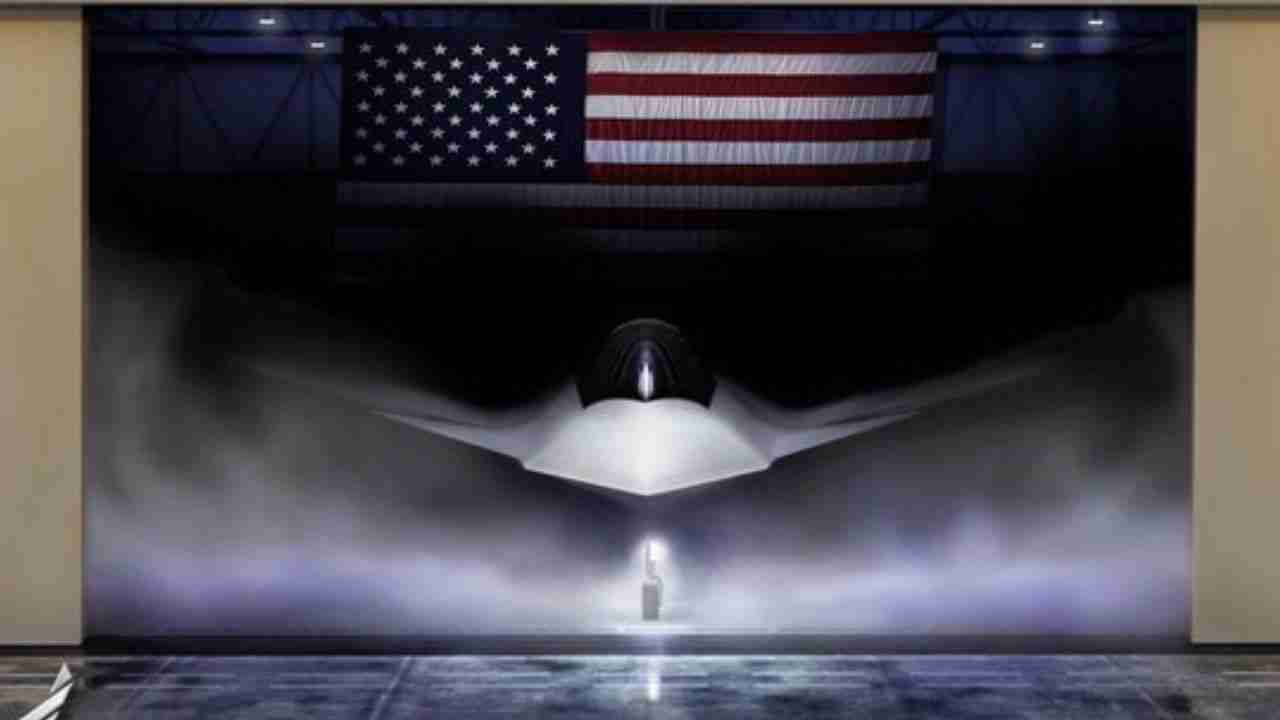The Development of the F-47 Fighter: Challenges and Delays
The development of the F-47, the United States’ next-generation fighter aircraft, is encountering significant obstacles that could push back its timeline. These challenges are primarily linked to supply chain disruptions, which have affected multiple critical components of the project.
At the heart of the issue is the engine for the F-47, a key element under the Next Generation Adaptive Propulsion (NGAP) program. According to official documents and reports from specialized media, the engine is not expected to be completed until 2030. This represents a delay of over two years compared to the original schedule. The project is being led by the United States Air Force as part of the Next Generation Air Dominance (NGAD) program, with the goal of replacing the current F-22 Raptor by the 2030s.
Two major aerospace companies, GE Aerospace and Pratt & Whitney, are responsible for developing the engine prototypes. Each of them has potential contracts worth up to US$ 3.5 billion. Despite progress in the ground test phase, the delays could impact the overall timeline of the F-47 project.
The F-47 is designed to feature advanced stealth technology, integrated sensors, and long-range strike capabilities. Boeing is the primary developer of the aircraft, as announced by former President Donald Trump in March. However, the project’s success depends on overcoming technical and logistical hurdles.
Budget Disputes and Resource Allocation
The situation is further complicated by budget disputes involving the F/A-XX, the U.S. Navy’s sixth-generation fighter. The White House has warned that an excessive focus on this project could further delay the F-47, which is considered a priority. While the Navy requested US$ 1.4 billion for the naval program, the Pentagon indicated it would allocate only US$ 74 million. Nevertheless, Congress allocated US$ 972 million to the F/A-XX, conflicting with plans to reallocate funds to the F-47.
This funding conflict highlights the broader challenge of balancing resources across different military projects. With limited budgets, decisions about where to invest can significantly affect the pace and success of each initiative.
Global Competition and Strategic Concerns
The delays in the F-47 project come at a time when competition with China is intensifying. China is also working on its own sixth-generation fighters, with recent images showing prototypes in test flights. Although the Beijing government has not officially confirmed details, the progress suggests that China is making strides in developing advanced air capabilities.
This growing competition raises concerns about maintaining technological superiority in the skies. The U.S. has long been a leader in military aviation, but delays in key programs like the F-47 could weaken its strategic position. Maintaining an edge in air dominance is crucial for national security and global influence.
Key Components of the F-47 Program
- Engine Development: Led by GE Aerospace and Pratt & Whitney, with NGAP as the core initiative.
- Aircraft Design: Boeing is the main contractor, focusing on stealth, sensors, and long-range capabilities.
- Funding Issues: Conflicts between the Air Force and Navy over resource allocation threaten the F-47’s timeline.
- Global Rivalry: China’s advancements in sixth-generation fighter technology add pressure on U.S. defense planning.
As the U.S. military continues to navigate these challenges, the outcome of the F-47 project will play a critical role in shaping future air power strategies. The ability to overcome supply chain issues, secure adequate funding, and maintain a competitive edge against emerging threats will determine the success of this ambitious program.







